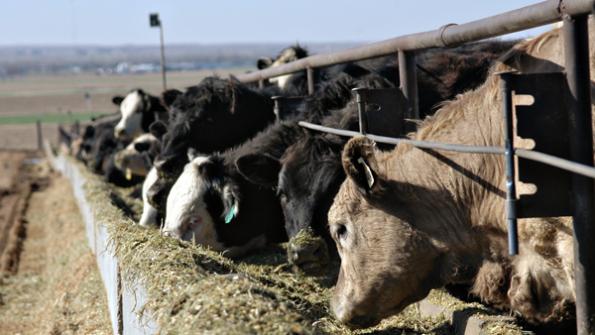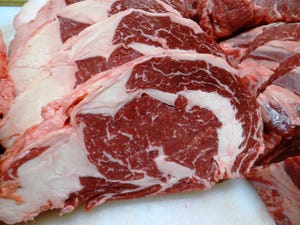June 11, 2015

The last 18 months will go down as one of the great bull markets in history. The market has been pretty easy to call; all we had to do is rely on the old mantra – “higher, higher.”
Then came December and January. The managed money funds in the futures market decided the high was in and there was a rush to the sidelines. Since that time, the market has recovered but the overall market psychology has shifted dramatically. Thus, as we head into summer, it makes sense to take a look at where we are and where we might be heading.
Feedlot losses are mounting and feeders are losing significant dollars on the cattle they are currently closing out. That’s true even though corn is trading well below the 5-year average, and is expected to remain so. And, as expansion continues and feeders continue to deal with excess capacity, fed cattle losses will remain extremely tight.
So, while nobody is predicting good margins for the feeding industry, there is a limit to how much loss they can sustain. Thus, cattle feeders will do everything possible to sell fed cattle higher or buy feeder cattle cheaper. The good news for cow-calf producers is that with current supply situation, cattle feeders probably have a better chance at the former rather than the latter.

70+ photos showcasing all types of cattle nutrition
Readers share their favorite photos of cattle grazing or steers bellied up to the feedbunk. See reader favorite nutrition photos here.
The greatest upside in the corn market continues to be the belief that the U.S. dollar is poised to weaken, making exports more attractive and increasing demand for U.S. product. While any rise in corn prices is a negative for the cattle markets, a rise in corn prices due to a weakening dollar is usually more than offset by an increase in exports of beef, pork and poultry. The U.S. has done everything possible to reduce the value of the dollar, adding unprecedented debt and printing unprecedented dollars. The end result is inevitable, but one should be cautious about the timing. The experts have been right in predicting inflation and higher interest rates, but they have been dead wrong on when it will occur as it has not happened yet. We may have lit the fuse for all these things to occur, but the fuse has proven substantially longer than anyone expected.
While it’s generally believed that the highs in the cattle market may have been reached in the fourth quarter of 2014, 2015 is on pace to average higher than 2014 for nearly every class and weight of cattle. There is nothing that suggests that we should experience a precipitous drop off from current levels. Certainly, we will be facing more competition from competitive meats, but the overall trend in supply is even tighter in the short run, domestic demand remains solid and export demand are expected to improve.
Subscribe now to Cow-Calf Weekly to get the latest industry research and information in your inbox every Friday!
Except for California and Nevada, moisture conditions are almost universally improved, and with weather forecasts favorable for the summer, the prospects for increased expansion have been greatly enhanced. The faster we expand, the more bullish it is in the short term and the more bearish in the long term.
The key to the summer market appears to hinge on psychology. The two words I would use to describe overall market psychology is concerned and worried. Confidence will be the driver over the short term. As my favorite pessimist analyst said, “I’m confident in the market; I’m confident it will trend lower.”
The opinions of Troy Marshall are not necessarily those of beefmagazine.com and the Penton Agriculture Group.
You might also like:
FDA releases final Veterinary Feed Directive rule on antibiotics
Ouch! Find out what Canada, Mexico want for COOL retaliation figures
Can ranching be sustainable without profits? Burke Teichert says no
About the Author(s)
You May Also Like



